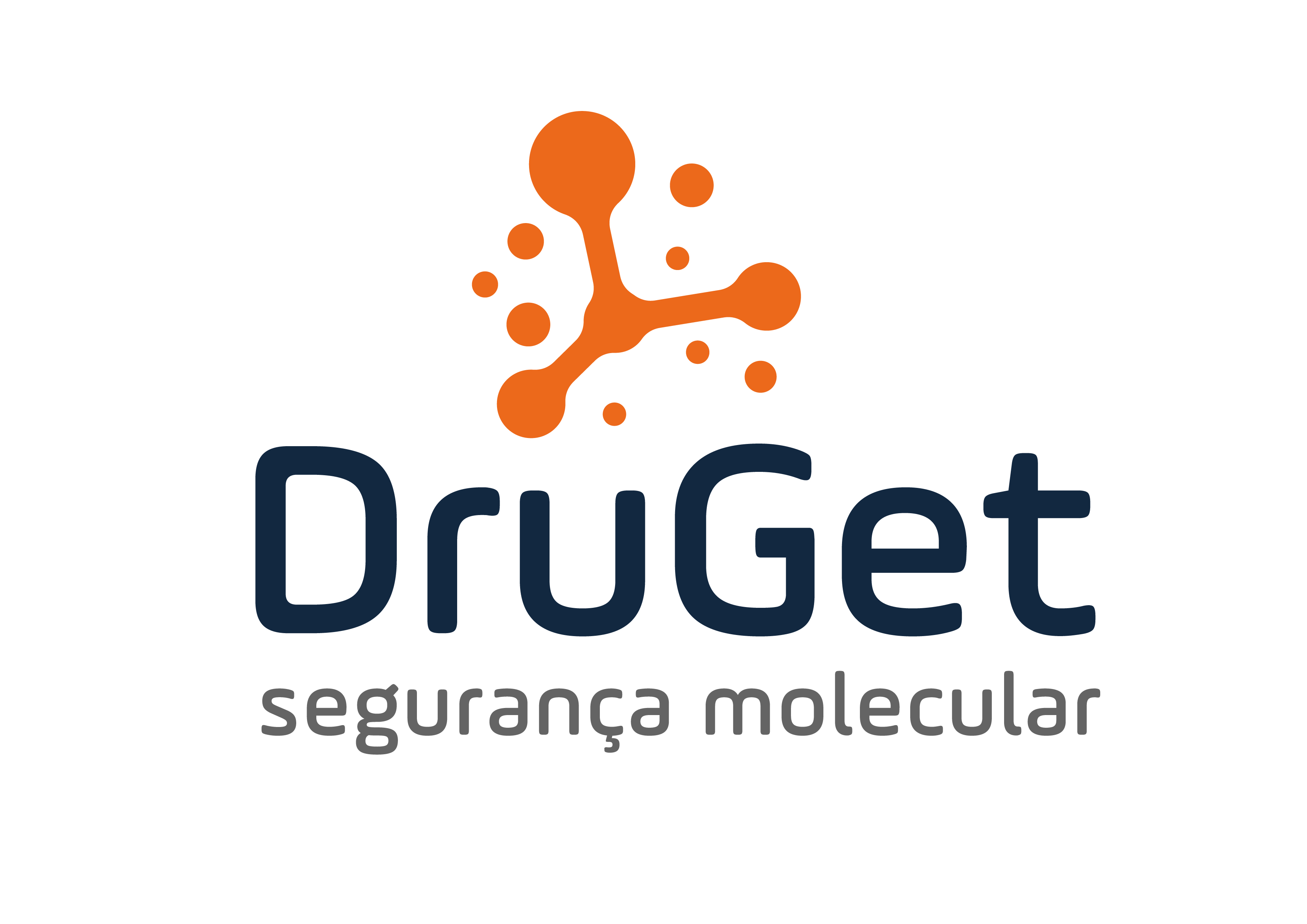Computing has played a crucial role in advancing research centers and industries, and the pharmaceutical industry has not been left behind. In this way, computer-aided drug planning was incorporated and improved to be used in the initial stages of development, helping to decide which molecules should be prioritized for financial investment.
In Silico Methods and Strategies
Several methods and strategies explore the use of in silico studies. One of the most common involves the search for new bioactive molecules, using structural information from key proteins for specific diseases. Initially, researchers perform structural analyzes using specialized software that allows the visualization of macromolecules in 3D virtual models, which are highly similar to crystallography models. This approach helps in predicting the molecules that have the greatest affinity with certain proteins and in identifying the best spatial conformation for activity, which facilitates future synthesis processes.
Prediction of Affinity, Toxicity and Pharmacokinetics
Simply predicting the affinity between a compound and a protein is not sufficient to guarantee the robustness of the criteria for choosing molecules. Furthermore, toxicity and pharmacokinetic prediction methods are also employed. To this end, using databases with experimental results available on previously studied molecules, it is possible to carry out a careful comparison between the physicochemical and structural information of the compounds under study and the molecules already catalogued.
Reduction of In Vivo and In Vitro Tests for the Pharmaceutical Industry
With these techniques, it becomes feasible to interrupt the research into molecules with a high probability of toxicity or with a low capacity to remain in the body long enough to exert a biological action. Therefore, this not only reduces the number of animals needed for in vivo toxicity studies, but also reduces the amount of reagents used in in vitro study research.
Benefits of In Silico Studies
Therefore, in silico studies add a lot of valuable information about candidate molecules for medicines, cosmetics, agricultural products and food additives. Furthermore, these techniques provide more security and lower costs in the research and development of innovative products. In this way, they can revolutionize the pharmaceutical industry.
For more information, see:
- In silico – uma alternativa viável aos experimentos in vivo?. Sociedade Brasileira de Neurociências e Comportamento, 2009
- Victal, J. Costa et al. “Métodos alternativos in vitro e in silico: métodos auxiliares e substitutivos à experimentação animal.” RevInter Revista Intertox de Toxicologia, Risco Ambiental e Sociedade, 2014.






